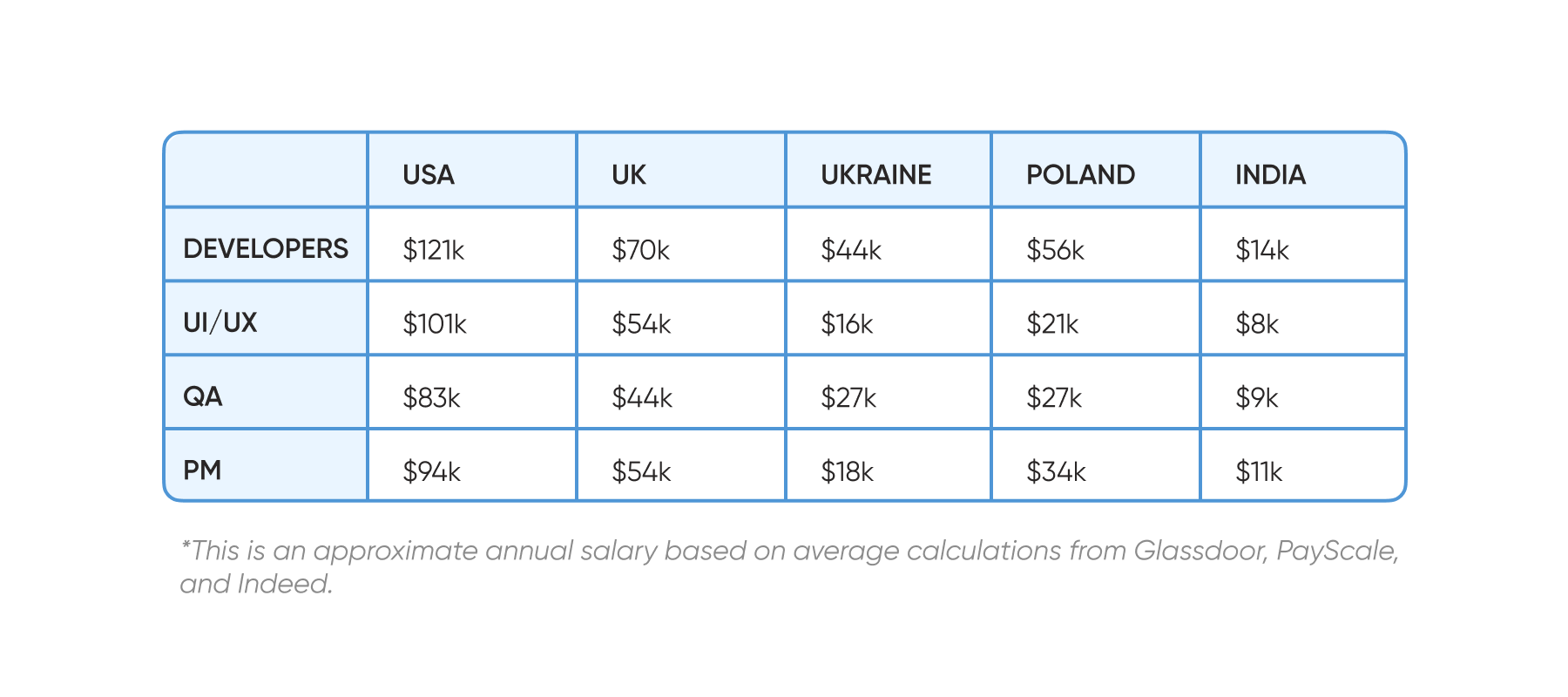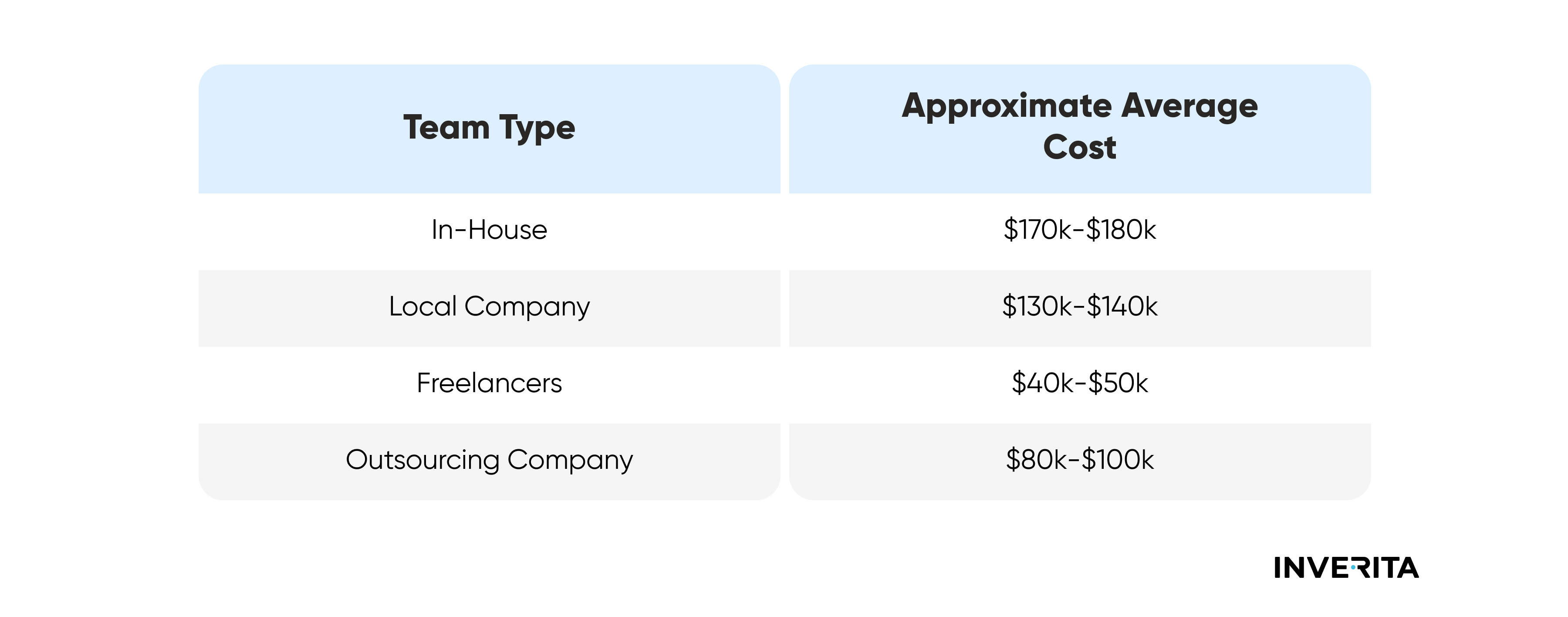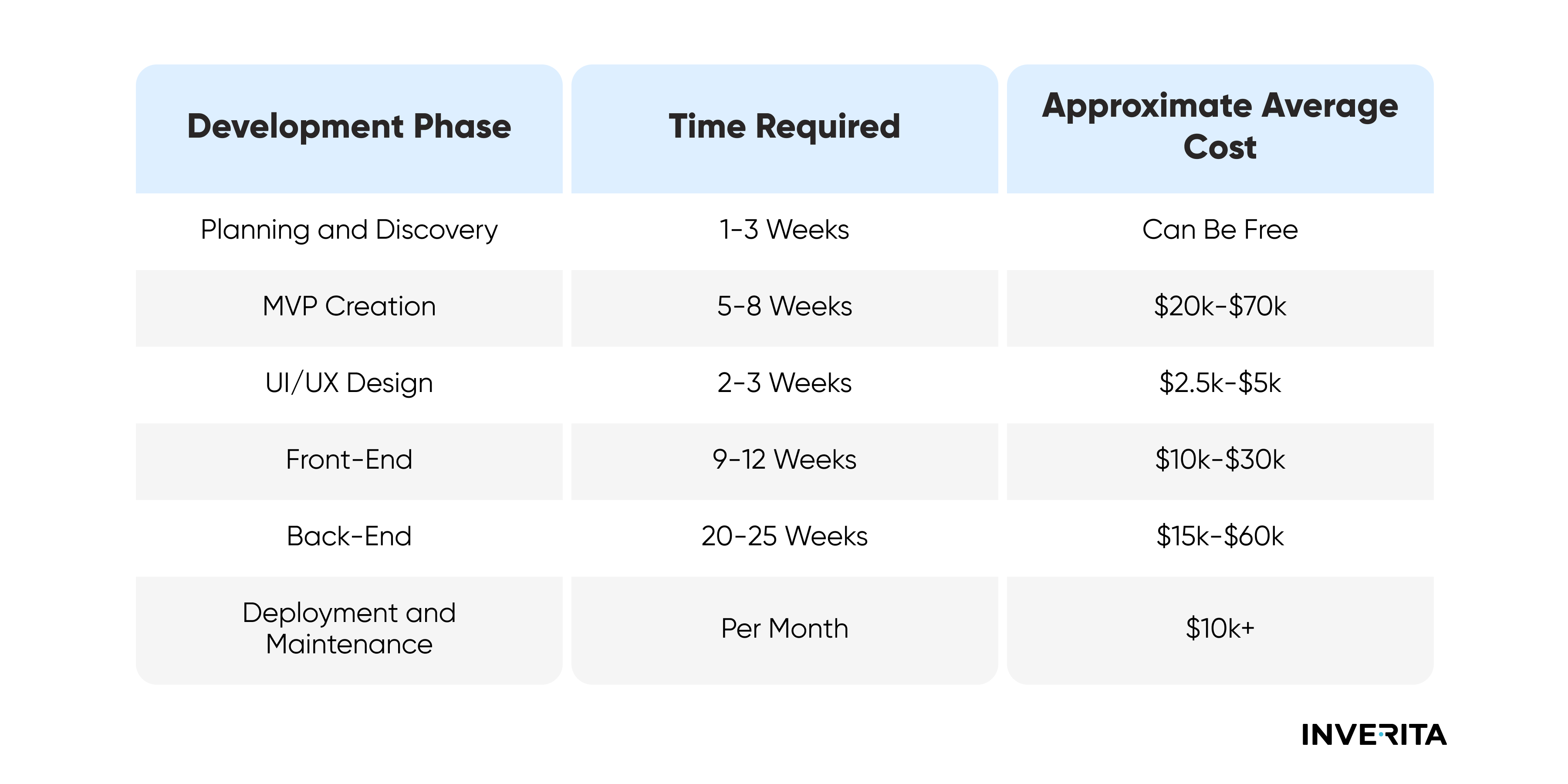#1 Planning
The planning phase establishes the primary objectives of the project and creates a high-level plan. It involves defining the problem, determining the scope of existing systems, and developing an effective outline for the upcoming development cycle.
Building a full-fledged product might be risky and rather expensive, so a good idea is to start with creating an MVP of your SaaS application which costs much less and will help you to validate your idea with minimum feature development.
#2 Discovery Phase
The discovery phase is the initial research conducted before commencing the actual project development. It focuses on understanding the target audience, their needs, and the problems they aim to solve with the product. The importance of the discovery phase for the success of a telehealth app lies in:
- Developing a market-driven product
- Ensuring a superior user experience
- Designing prototypes
- Setting a clear product direction
#3 UI/UX Design
During the UI/UX design phase, the conceptual ideas gathered in the previous stages are translated into user interface elements and scenarios. This phase includes various stages such as design research, sketching, wireframing, visualization, and slicing, and usually lasts around two or three weeks, costing roughly $2.5K to $5K.
#4 Product Development
The product development phase involves the actual creation of the app and is typically the most time-consuming stage. It begins when the customer receives a statement of work (SOW) that outlines all aspects of telemedicine app development, including schedules, timeframes, and payments.
The development process is typically divided into sprints, during which the development team builds the agreed-upon functionality of the telemedicine app. Different software vendors may follow different methodologies, such as Agile and Scrum, to ensure flexibility and accommodate changes during development.
The front-end development takes around 9-12 weeks to complete while the back-end development may take around 20-25 weeks.
#5 Testing
The testing phase is where the QA team conducts multiple tests to identify any bugs or usability issues. If any issues are found, they are reported to the developers for fixing. This phase generally consists of six stages: requirement analysis, test planning, test case development, environment setup, test execution, and test reporting.
#6 Delivery and Maintenance
After final edits and pre-launch testing, the SaaS app is ready for deployment. Once deployed, it requires continuous maintenance and updates as outlined in the maintenance agreement. It is advisable to incorporate maintenance planning throughout each stage of the development process to ensure comprehensive coverage.
Cost by Additional Features
In today's market, where users pay for SaaS products on a monthly or annual basis, they have come to expect consistent updates and improvements. This creates a need for SaaS companies to establish a comprehensive roadmap of features to stay competitive. By continuously developing new features and enhancing the product, you can stay ahead of your rivals.
Having a well-defined feature roadmap plays a crucial role in accurately budgeting for development costs. When you have a clear plan in place, you can allocate resources and funds more effectively, ensuring that you meet your development goals within the set development budget.
For SaaS founders, it is imperative to allocate a budget for the development of new features and regular updates, including essential security updates.
How Long Does It Take to Develop a SaaS Application?
The same as the cost to build SaaS product, the time frame of development depends on a wide range of factors such as the complexity of your project, its size, niche, features, and design. If to judge from the average time that development stages take for the average, not complex project, we will have the following picture:














_1764586939-small.webp)